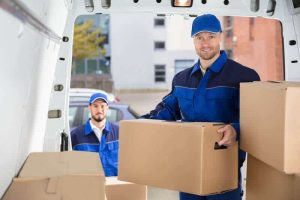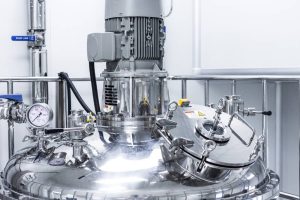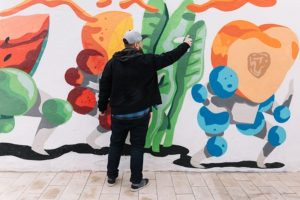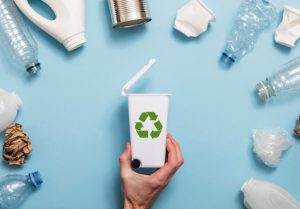Beyond Bottles and Jugs: Surprising Plastics You Can (and Can’t) Recycle

Plastic is part of daily life. People recycle bottles and jugs with ease. Many are unsure about other plastic types. Recycling rules often appear simple yet can be confusing. Some plastics go in bins while others stay out. Some can transform into new products. Others end up in landfills. The system often depends on local facilities. Knowledge brings better sorting habits. It also reduces waste. Understanding which plastics can be recycled helps the planet. It leads to cleaner cities and healthier communities.
Hidden Recyclables in Daily Use
Clamshell containers hold fruits and pastries. They look like bottles yet act differently. Their design may trick many people. Some centers accept them with bottles. Others reject them as mixed plastics. Recycling depends on the type of resin. Clear containers often recycle better. Colored ones may not melt as easily. Sometimes labels cause trouble for machines. The simple act of removing stickers can help. Sorting becomes smoother then. People can check local guidelines before tossing. Awareness builds stronger recycling habits. Every effort counts for a cleaner world.
Plastic Bags and Other Flexible Films
Plastic bags often confuse people. They seem soft yet strong. Many centers will not take them. Machines jam when films wrap around parts. Yet stores may run special programs. Clean bags can go in specific bins. Stretchy bags recycle better than stiff ones. Mixed materials cause failure during processing. Empty and dry bags are best accepted. Some cling films fit those rules too. Collecting them separately helps reduce waste. A little attention can change outcomes. Careful sorting turns trash into resources.
Why Some Plastics Remain Unrecycled
Black plastic often does not recycle well. Sorting machines use light sensors. The dark color hides its signal. So black trays skip the process. Food residue creates another barrier. Grease and dirt lower quality. Clean items recycle faster and safer. Some tubs use mixed layers of materials. Machines struggle to separate them then. Recycling centers avoid such complex plastics. Sometimes small packaging confuses scanners. Shape and thickness also cause rejection. Prevention starts with better food habits. Rinsed plastics keep systems efficient.
Building Habits for a Better Future
People can make recycling clearer and smarter. They can read local lists and signs. Asking experts brings new insights. Sharing lessons helps friends understand rules. Schools can teach sorting as a skill. Homes can keep separate containers ready. Offices can encourage proper disposal steps. Each action builds community strength. Mistakes will still happen but awareness grows. Cleaner recycling streams lead to true progress. It creates value from waste materials. Understanding details helps reduce confusion. That knowledge protects oceans and wildlife. Simple actions lead to lasting change.
Beyond Bottles and Jugs: Surprising Plastics You Can (and Can’t) Recycle





